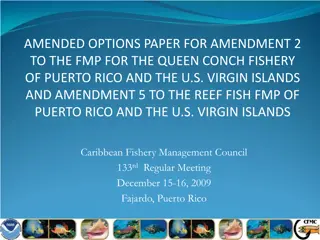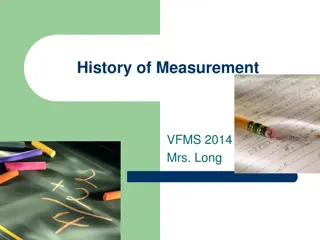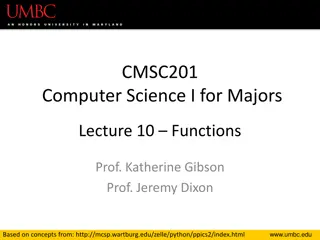Language Expectations and Functions in Educational Units
Explore the importance of unit language goals in educational settings, focusing on identifying language expectations, functions, and features. Understand how to describe language use for content learning and support multilingual learners. Examples from science and ELA units illustrate practical applications for teachers.
Download Presentation

Please find below an Image/Link to download the presentation.
The content on the website is provided AS IS for your information and personal use only. It may not be sold, licensed, or shared on other websites without obtaining consent from the author.If you encounter any issues during the download, it is possible that the publisher has removed the file from their server.
You are allowed to download the files provided on this website for personal or commercial use, subject to the condition that they are used lawfully. All files are the property of their respective owners.
The content on the website is provided AS IS for your information and personal use only. It may not be sold, licensed, or shared on other websites without obtaining consent from the author.
E N D
Presentation Transcript
Module 4 & 5: Language Expectations, Functions and Features Learning Targets: Understand the benefits of a unit language goal. Practice identifying Language Expectations, Functions, and Features at a unit level. Use Language Features to describe how students need to use language for content learning. BIG Ideas: Functional Approach to Language Development Integration of Content & Language
Breakout Room Discussion Choose one Key Language Use in a grade band: What do you notice about the Language Expectations for this KLU? What are the Language Functions and some sample Language Features for this KLU? How might teachers use these to support multilingual learners to meet grade-level expectations?
Lets Practice Unit Overview: This unit focuses on the idea that sound energy produces vibrations that travel in waves and are transferred through air particles. Essential Question: How do sound waves produce and transfer energy? Content Standard: NGSS-4PS3.2 Make observations to provide evidence that energy can be transferred from place to place by sound, light, heat, and electric currents. Summative Assessment: Students will demonstrate comprehension of these concepts by writing explanations of how a singer breaks a glass with their voice. 4th Grade Science Unit What is our language goal for the unit? KEY LANGUAGE USE: Explain
Lets Practice 9th Grade ELA Unit Unit Overview: Students read excerpts from two texts (nonfiction and fiction), Rilke s Letters to a Young Poet and Mitchell s Black Swan Green. These two texts are juxtaposed, allowing for a study of key ideas and characters across texts. Essential Question: How is language used to convey central ideas in works of fiction and informational texts? Content Standard: CCSS.ELA-LITERACY.RI.9-10.3 Analyze how the author unfolds an analysis or series of ideas or events, including the order in which the points are made, how they are introduced and developed, and the connections that are drawn between them. KEY What is our language goal for the unit? LANGUAGE USE: Argue Summative Assessment: Students write a formal, multi-paragraph response to the following prompt: Identify similar central ideas in Letters to a Young Poet and Black Swan Green. How do Rilke and Mitchell develop these similar ideas?
Breakout Room Discussion Choose a unit example: Which Language Expectation best reflects the language focus of the unit? Which embedded Language Function is essential for meeting content and language goals and success criteria for the summative assessment? Which of the associated Language Features would contribute to students language use on the summative assessment?
Collaboration Planning How can the WIDA ELD Standards Framework be used as a tool for planning, instruction, collaboration and reflection to support ALL learners?























